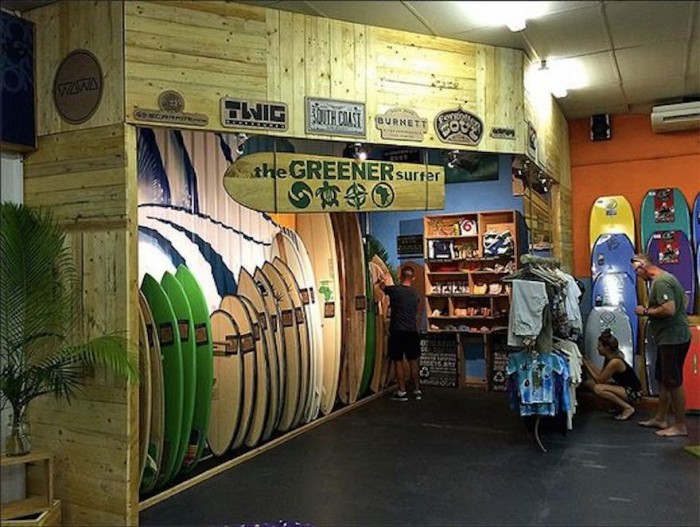
John McCarthy is surfboard rider and shaper from Durban, South Africa. He also heads a local company called The Greener Surfer. With this company and a network of like-minded surfers and shapers, McCarthy is trying to erase the irony surfers’ face – that the wave riding vehicles they use to immerse themselves in nature are actually highly toxic to the planet.
McCarthy has owned and discarded over 300 surfboards in his lifetime, which equates to approximately a shipping container filled with boards. That might not sound like a lot, but when you break it down into all the non biodegradable and toxic ingredients that go into making a modern surfboards – things like polyurethane foam, fiber glass and polyester resin – one wonders what happens to the thousands (if not millions) of surfboards that get discarded across the globe.
In the video below he explains and tests the boards that The Greener Surfer has been developing over the last few years. These include The Alaia, which is based on the ancient surfboards designs used by Hawaiians in the past, and also the classic long board and a performance short board. McCarthy also tests out a body surfing paddle and states that his creations are the greenest solution to surfing and have the lowest possible footprint.
The Greener Surfer boards use Agave wood from the Karoo region in central South Africa as the core for their boards. Agave is light and buoyant enough to shape surfboards with. It’s also grown naturally and is abundant to the area. The Agave wood is combined with hemp cloth, Entropy Super Sap Bio Resin, Flax and Bamboo – and you have materials to create a much greener surfboard with.
According to McCarthy, “finding an answer to cleaner and greener surfboards is a process. Its not a light switch solution but it’s the start of the conversation and an interesting time for innovation in the surfboard community”. He hopes to illustrate that as in industry it is possible to become greener if we are determined to become greener.






